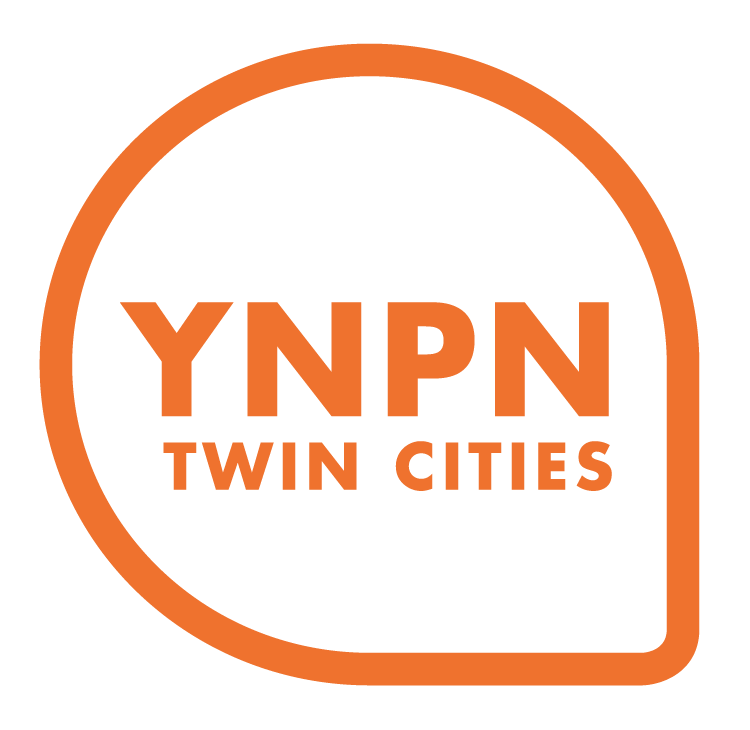The Equity & Inclusion Case for Hybrid Work
by Nick Hayden
If there’s one silver lining that has come out of over two years of pandemic, it is that many of us have fundamentally restructured the way we conduct work and engage with other organizations. As many of our meetings, events, and discussions begin happening in person again, it’s important to think about how virtual and hybrid work has helped break down some of the traditional barriers to equity and inclusion throughout the nonprofit sector.
Location Barriers: Perhaps the most obvious and impactful barrier of conducting exclusively in-person work is simply the problem of location. For many people, especially those who do not have reliable access to good transportation, traveling downtown for an event or board meeting can be prohibitively time-consuming. As a father of two young children, it would have been very difficult to serve effectively as President of the Minnesota International NGO Network without most of the board and committee meetings maintaining a virtual or hybrid component. Those who work odd hours, multiple jobs, or who are burdened with other caretaking responsibilities can encounter major accessibility barriers. This can exclude them from meaningful participation in organizations that return completely to in-person engagement. This works on a national scale as well. Many of our component and complimentary organizations operate out of Washington, DC. Prior to the proliferation of virtual seminars and presentations, one would have had to hop on a plane, book a hotel, and take time off of work all to attend a one-hour lecture. Now, we can expand our national connections and hear from world-renowned experts even while wearing sweatpants.
Cost Barriers: I’ve hinted at this in the previous section, but virtual and hybrid programming goes a long way to addressing the financial barriers of access as well. All of the travel, lodging, and dining expenses add up quickly. If we want to maintain inclusive organizations, we have to continue to keep some options open to those with limited means. Of course, this doesn’t mean that all programming needs to be free. But the main pathways for engagement, whether volunteer committees, board meetings, or interviews, should maintain virtual or hybrid participation options. Keeping some options in the virtual space also reduces our own programmatic overhead, allowing our organizations to save funds for other uses and reducing the need to charge participation fees for attendance.
Language Barriers: Technology is a wonderful resource. For several years, I worked at a variety of language service providers that helped bring global translation resources to Twin Cities’ organizations. A computer will never beat a human interpreter, but technological advances are going a long way towards helping to ease language barriers. This is especially true on virtual engagement platforms like YouTube and Zoom. The ease of accessibility of instant meeting transcripts and automatic subtitles is a lifeline for those of us who are Hard of Hearing or with limited English comprehension. The foreign language translation applications are still catching up, but I would not be surprised if we see high-quality instant translation capabilities on some virtual meeting platforms in the near future. Since many of us work in fields that help support non-English speakers, adopting this technology and applying it to virtual and hybrid programming will be critical to maintaining an inclusive environment.
Breaking down these barriers by continuing to offer virtual and hybrid programming can go a long way towards enhancing the diversity and inclusion of your organization. What used to require hours of preparation, travel time, and financial resources can now be accomplished almost instantly from nearly anywhere in the world. At my current employer, Global Minnesota, we have been able to access speakers from all over the world by meeting them virtually in their home countries rather than requiring them to make the trip all the way to Minnesota. Other organizations that provide direct international development support can now have a much easier time connecting directly with the people on the ground who need their services the most.
Of course most of us still prefer meeting with people in person, and those engagements must certainly continue and expand as the pandemic recedes. But let’s not forget the ways in which we have made global connections and conversation even easier with the proliferation of virtual and hybrid engagement options. We’re all at different stages in life with varying abilities to participate. Maintaining avenues for virtual and hybrid participation helps ensure that nobody is left out and that no voices are silenced by the traditional power structures of society.
- Nick Hayden -


